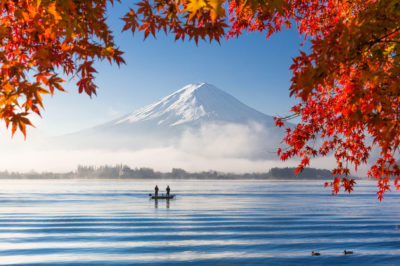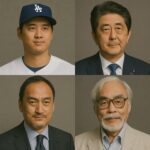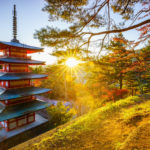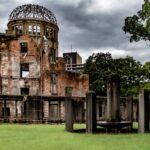Famous Sumo Wrestlers
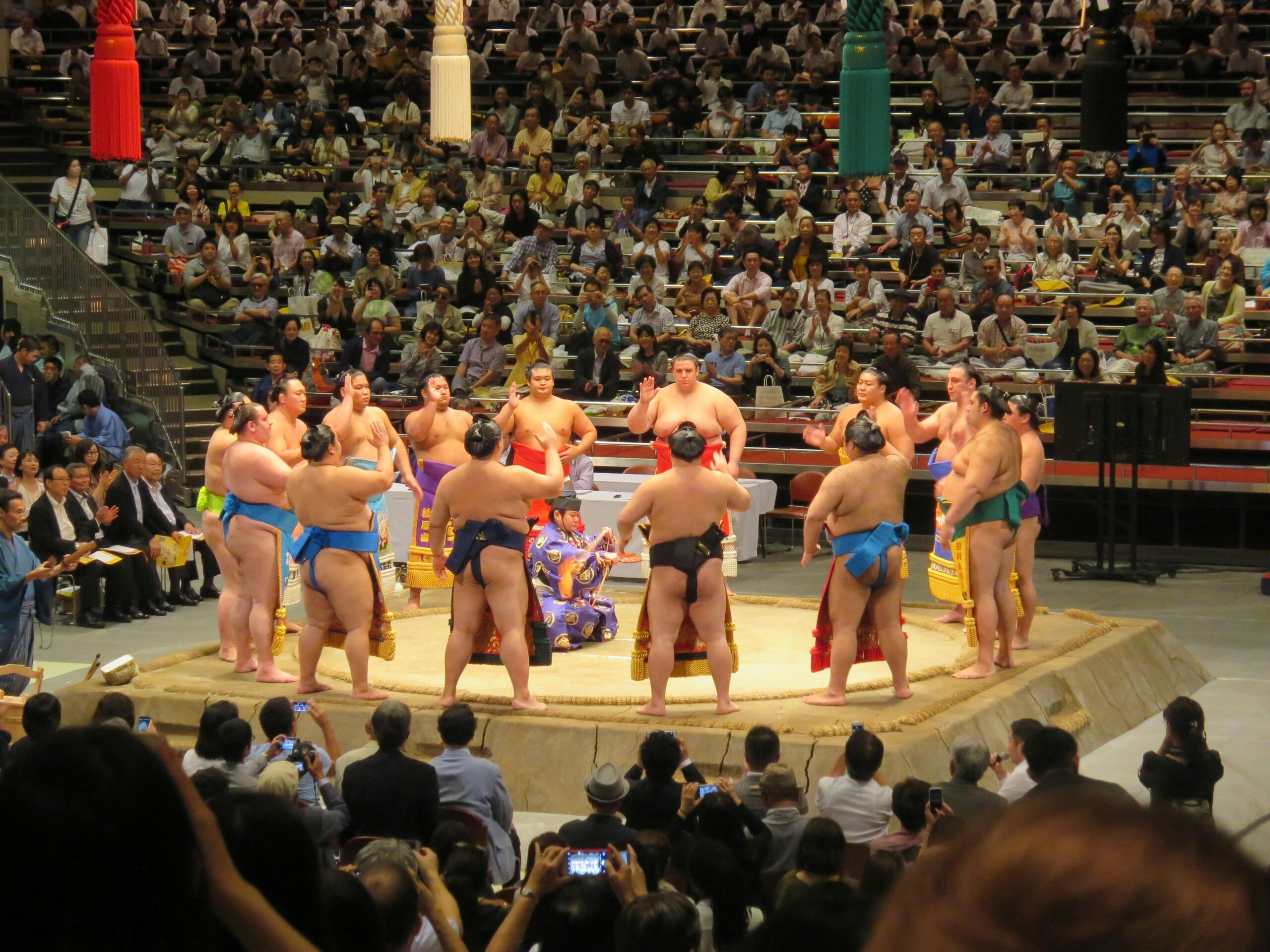
Famous Sumo Wrestlers
A Pantheon of Giants: Highlighting the Famous Active Sumo Wrestlers
Sumo wrestling, or Ōzumō, is not just a sport; it’s a living tradition steeped in centuries of ritual, history, and raw power. At the pinnacle of this ancient world stand the rikishi (wrestlers) of the top Makuuchi division, a select group of colossal athletes who battle for glory in six massive tournaments (basho) held across Japan each year.
The history of sumo is filled with legendary figures like Hakuho, Takanohana, and Futabayama, whose records may stand forever. However, the heart of the sport beats strongest with the titans currently gracing the dohyō right now. This post takes a deep dive into the lives and fighting styles of the most famous active sumo wrestlers—the giants currently shaping the sport, creating new rivalries, and striving for the ultimate rank of Yokozuna and the coveted Emperor’s Cup (yūshō).
The Apex of Power: The Yokozuna (Grand Champion)
The Yokozuna is more than a rank; it is a title of spiritual significance and permanent status that represents not only supreme strength and dominance but also impeccable dignity (hinkaku). Only a handful of men hold this rank at any given time, and often, the position is vacant, underscoring its exclusivity.
Terunofuji (照ノ富士) stands as the current reigning power and a source of inspiration for the entire sumo community. The Mongolian-born giant’s career is one of the most compelling comebacks in sports history. After achieving Ōzeki (Champion) early, a devastating series of injuries, particularly to his knees, and metabolic issues forced him into a near-unprecedented fall all the way down to the third-lowest division (Jonidan). His unwavering determination allowed him to battle back from the brink, rebuilding his massive frame and securing his promotion to the 73rd Yokozuna. Known for his overwhelming power, immense size (often well over 180 kg), and his signature uwatenage (overarm throw), his mere presence stabilizes the top of the banzuke (ranking list) and sets a high bar for all challengers.
Onosato (大の里) is the newest sensation and a true prodigy of Japanese sumo. His rise has been arguably the most explosive and impressive of the modern era. He bypassed much of the lower divisions due to his decorated amateur career, including multiple collegiate titles, earning the sandanme tsukedashi status. Debuting in 2023, his power, size, and aggressive, forward-driving style—characterized by relentless pushing and superior footwork—immediately translated to success. With multiple Emperor’s Cup victories in quick succession, his promotion to Ōzeki was swift. His potential to reach Yokozuna is widely discussed among fans and experts, positioning him as the clear Japanese hope to dominate the sport for the next decade.
The Champions: The Elite Ōzeki
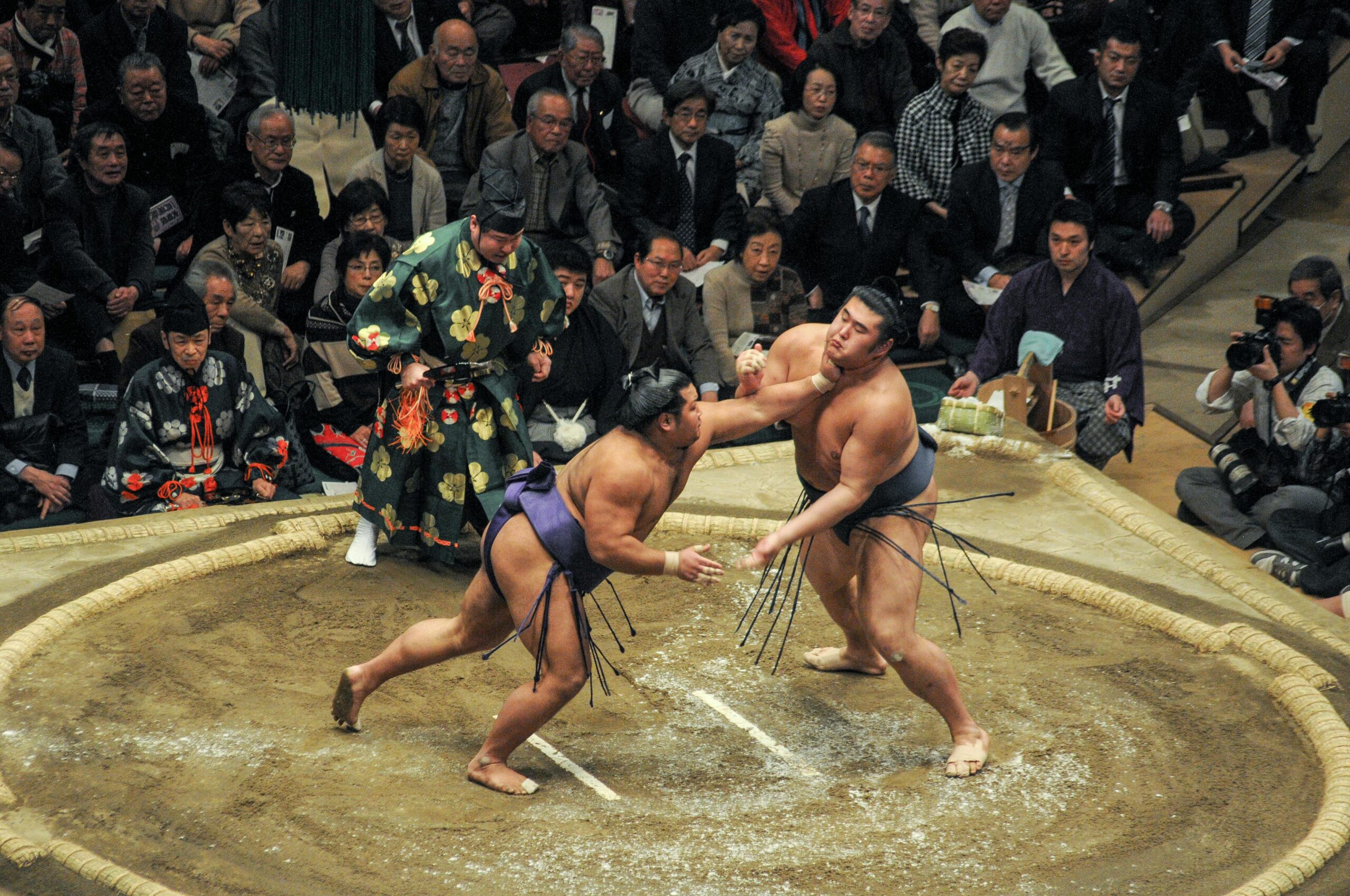
The rank of Ōzeki (Champion) is the second-highest rank and one that carries tremendous responsibility. Wrestlers at this level must maintain an extremely high level of performance over multiple tournaments, or they face the risk of demotion (kadoban).
Hoshoryu (豊昇龍): The nephew of the legendary former Yokozuna Asashoryu, Hoshoryu carries one of the most famous names in modern sumo history. He has lived up to the legacy, distinguishing himself with a dynamic, acrobatic sumo style that frequently features breathtaking technical throws (nage) and trips. Despite being slightly smaller than some of his rivals, his mastery of yotsu-sumo (belt-grappling) and his explosive, emotional fighting spirit make him one of the most entertaining and dangerous wrestlers in the top division. His technical prowess is truly world-class.
Kotozakura (琴櫻): Formerly known as Kotonowaka, his recent name change was a symbolic and literal embracing of his sumo heritage, as he is both the grandson of the 53rd Yokozuna Kotozakura and the son of a former Sekiwake. This multi-generational legacy creates immense expectations, which he is meeting with stoic consistency. Possessing substantial size and a solid, fundamentally sound attack that rarely allows openings, he is known for his reliable yotsu-sumo and his demonstrated ability to win championships—a critical factor for his eventual run at the Yokozuna title.
The High-Ranking Challengers: Sekiwake and Komusubi (San’yaku)
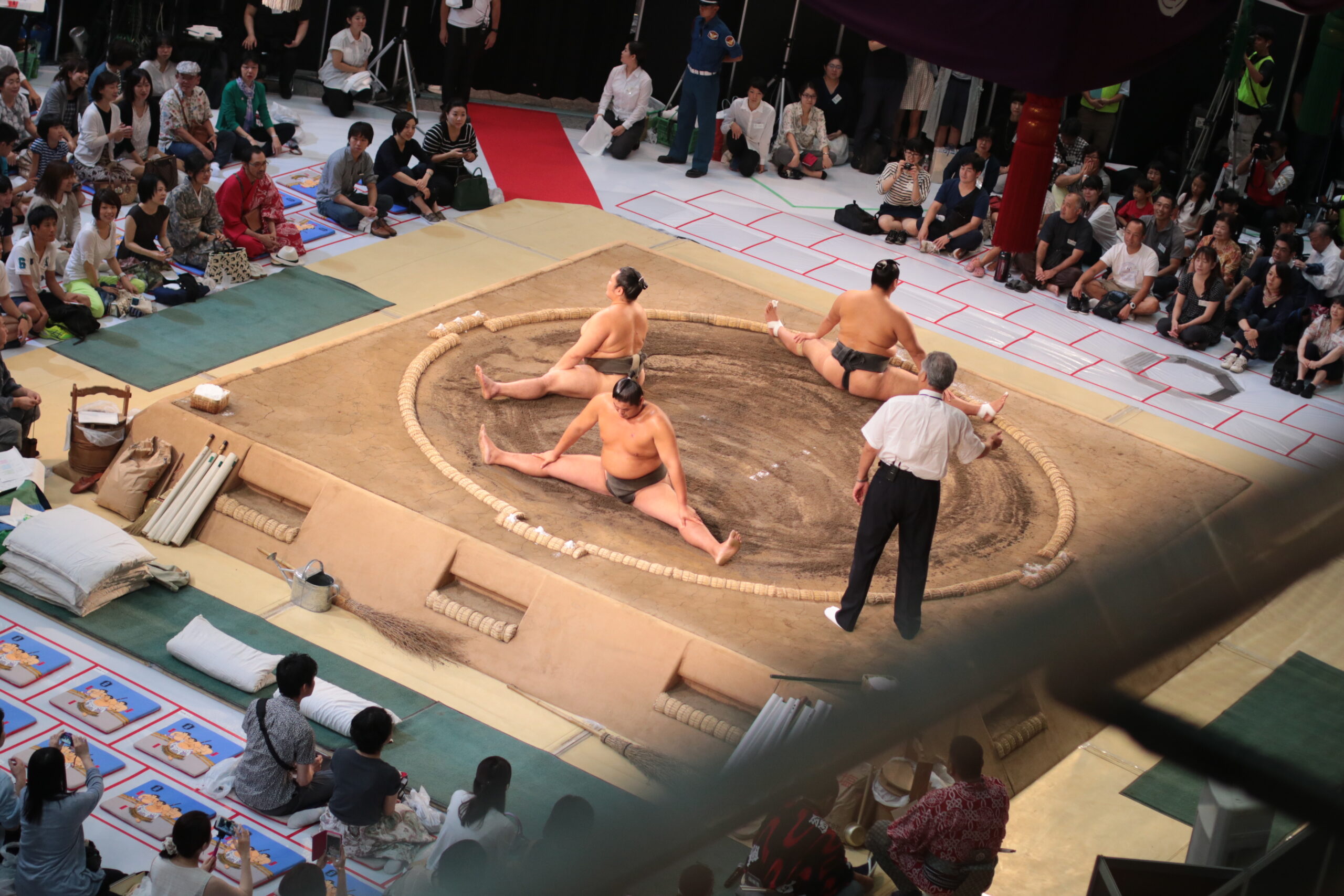
Below the Ōzeki are the Sekiwake and Komusubi, collectively known as the San’yaku ranks. These are the wrestlers who consistently challenge the top ranks and are constantly battling for the 33-win record over three tournaments that often triggers Ōzeki promotion discussions.
- Kirishima (霧島): An exciting and immensely powerful Mongolian wrestler who achieved the Ōzeki rank before facing the agony of demotion. Now, he is fighting his way back with intense determination. Known for his powerful throws, especially his signature katasukashi (under-shoulder swing down), his resilience and ability to turn a match around in an instant make him a dangerous wildcard.
- Wakamotoharu (若元春): One of three sumo-wrestling brothers, he is the current leader of the “Waka” trio. He is highly regarded for his patient, technical, and methodical style of sumo. He often wins matches by slowly working his opponent out of position and utilizing throws or trips with superb timing. His consistent success at the San’yaku level has cemented his status as a perennial Ōzeki candidate and a favorite among purists who appreciate classic, measured technique.
- Daieisho (大栄翔): A former Emperor’s Cup winner, Daieisho is a specialist and master of the Oshi-Sumo (pushing and thrusting) style. His powerful, relentless shoves (tsuppari) are delivered with incredible speed and force, aiming to knock his opponents backward and out of the ring instantly. When he is focused, his explosive opening charge makes him a potent force capable of defeating any opponent in the top ranks.
- Takayasu (髙安): A veteran of many years and a beloved fan favorite, Takayasu has had one of the most powerful and fundamentally sound careers without reaching the Yokozuna level. Though often hampered by injuries, his powerful, direct Oshi-Sumo and his deep-seated fighting spirit ensure he remains a threat, frequently occupying the San’yaku ranks and adding serious competitive depth to every tournament.
Fan Favorites and Rising Stars in the Maegashira Ranks
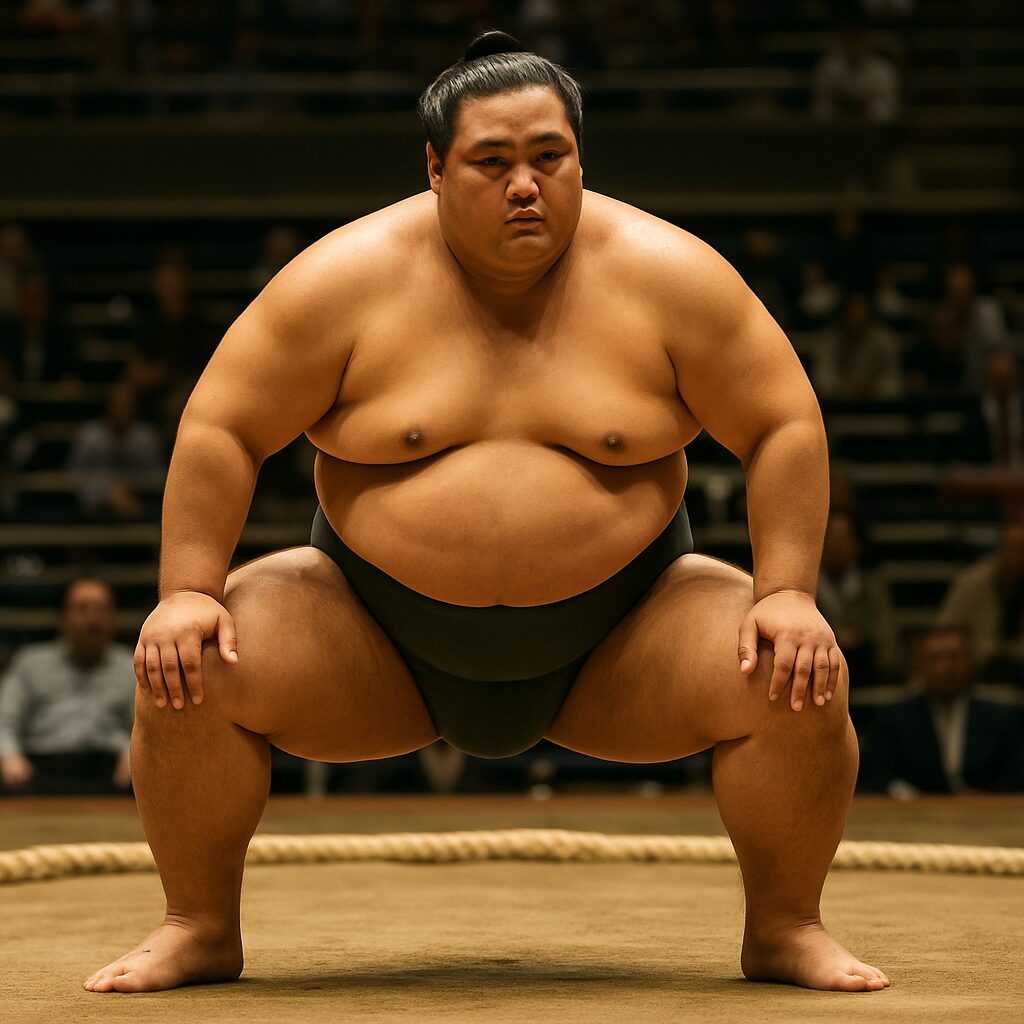
The remaining wrestlers in the Makuuchi division are called Maegashira. The upper Maegashira ranks (M1 to M5) are a critical proving ground, as these wrestlers face the San’yaku and Yokozuna directly. Many in these ranks are huge stars, known for their unique personalities and captivating fighting styles:
- Ura (宇良): The ultimate spectacle of the dohyō. Ura is known for his unorthodox techniques and acrobatic flair. He employs a vast repertoire of rare, technical moves, including ashitori (leg-grab) and rolling throws that defy his smaller stature. His inventive, often surprising victories against much larger men have made him arguably the most visually entertaining and popular rikishi among casual fans.
- Abi (阿炎): A specialist whose entire arsenal revolves around the rapid-fire pushing-and-thrusting technique (tsuppari). Utilizing his long arms and exceptional speed, his explosive, relentless offense is built to keep opponents off balance and away from his belt. He is a high-risk, high-reward wrestler who can either earn a championship or fall quickly, but he is never boring to watch.
- Atamifuji (熱海富士): Another promising young talent, Atamifuji possesses the raw size and confidence of a future champion. His aggressive forward attack and charisma have made him a favorite, and his repeated challenges for the yūshō early in his career demonstrate his immense potential to climb the ranks quickly and permanently.
- Midorifuji (翠富士): A smaller, lighter wrestler whose success comes from speed, technique, and clever maneuvering. He is known for winning with highly technical throws and trips that leverage his opponent’s own weight against them, proving that size isn’t everything in the sumo world.
- Tobizaru (翔猿): Known affectionately as the “Flying Monkey,” Tobizaru lives up to his name. He is a master of dodging, slipping, and sidestepping, using his quickness and lower center of gravity to frustrate and outmaneuver much larger opponents. His frantic, energetic style is always a source of excitement.
These wrestlers—from the supreme, veteran Yokozuna to the ambitious, rising Maegashira—are the heart of modern sumo. They dedicate their lives to the demanding training, fierce competition, and strict adherence to the sport’s centuries-old tradition, ensuring that Ōzumō remains a fascinating and powerful spectacle for the world.
